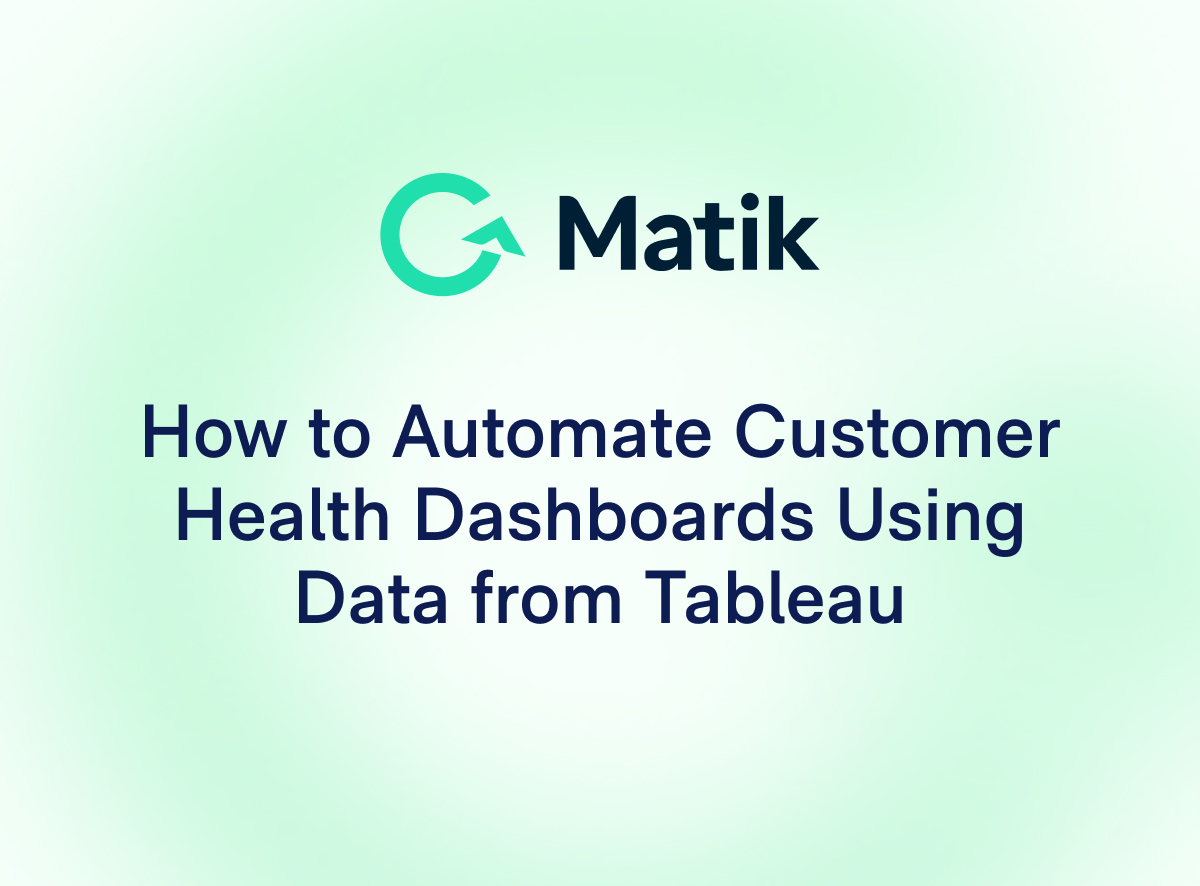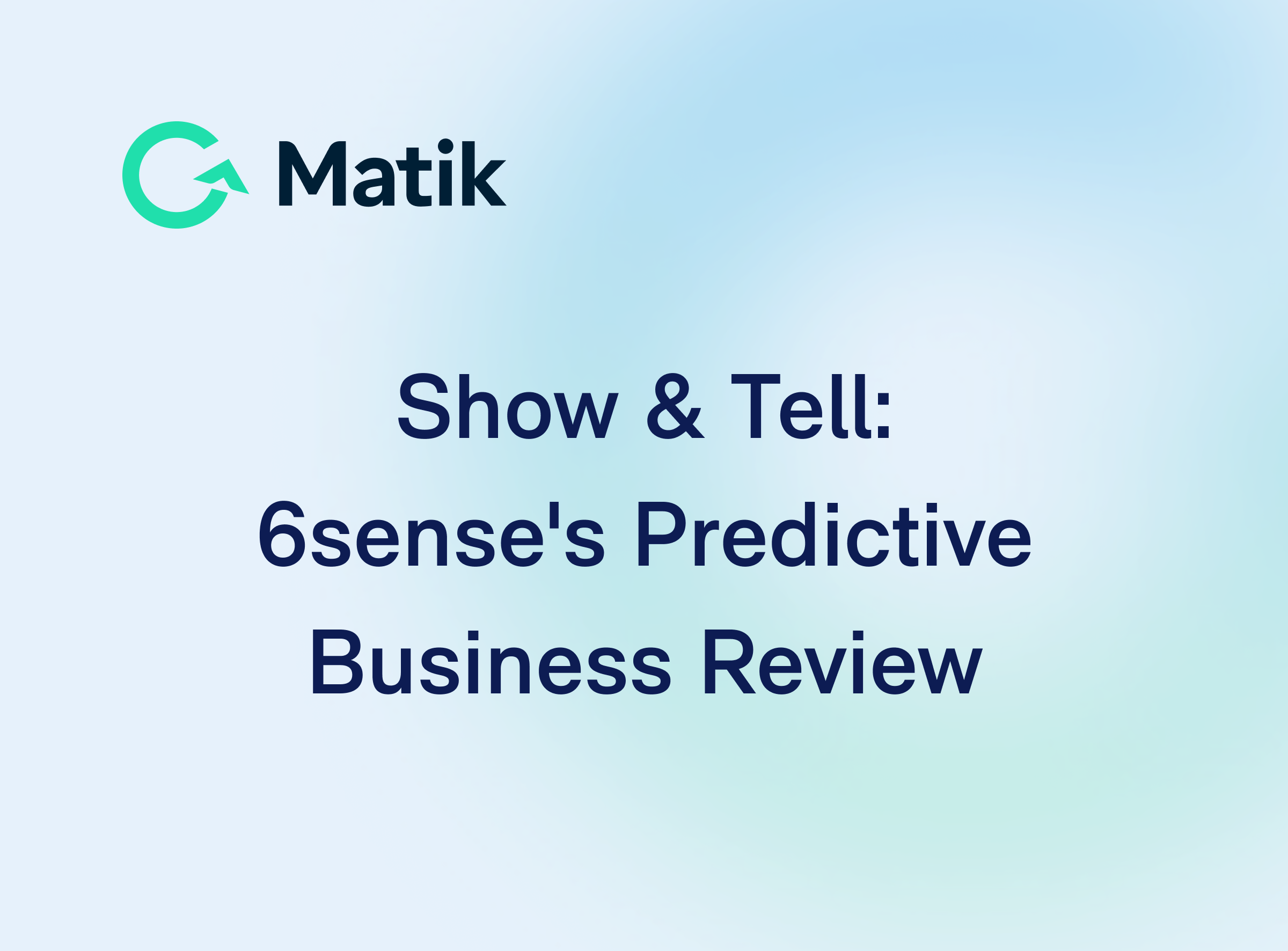Join Our Newsletter
When fostering relationships with customers and ensuring that they use your services to their full advantage, data is a powerful tool. But raw data without context can be challenging for customers to understand. When you contextualize data in story-form, it’s easier for customers to digest data and use it to inform their decisions.
Data-driven storytelling requires knowing what data matters to your customers and leveraging tools and techniques to convey this data in meaningful ways. Here’s how to start using data to tell stories.
Find out what data your customers care about
The first step in using data to tell stories is determining what data your customers care about, which largely depends on their unique goals and KPIs. That being said, here are some meaningful types of metrics that typically feature in data-driven stories:
• Who is using the product & how often: These metrics highlight who is taking advantage of the product, including how many people in the company are logging in, how often they are using it, who the top users are, and if there are specific teams or segments of the company using the product more than others.
• How they are using the product: These metrics highlight the parts of the product that are being taken advantage of, including the top features being used. They can also touch on underutilized features, since customers want to know if they are using a product to its full capacity.
• Return on investment (ROI): These metrics highlight the value the customer is getting from the product. How to measure ROI will depend on the customer and their objectives. Examples include money earned or time saved thanks to your product.
Use words, numbers, and graphics to tell your story
Once you have identified the right data, you’ll use the patterns that you see to craft a narrative. You can make your stories even more powerful by supporting them with data visualizations, presentations of data in a graphic format. Visualizations are valuable storytelling tools because they help the customer quickly comprehend information and reveal patterns in the data.
Effective data visualizations don’t have to be complicated: in fact, traditional bar graphs, line graphs, and pie charts are extremely powerful forms of data visualization. Complicated data maps can be sexy, but when choosing a visualization, you should always prioritize audience comprehension over a flashy graphic.
Choose the right data visualization
When selecting a data visualization to support your data-driven story, you will likely be choosing between one of these four common visualization types:
• Tables: Tables are most effective when you are presenting data where the specific quantities of numbers must be known. Tables are great for summarizing data but don’t lend themselves to trend analysis or comparison.
• Line graphs: Line graphs are best suited for displaying continuous data over time. They are ideal for showing trends in data. You can also use line graphs to show how real-life data compares to a goal or benchmark.
• Bar graphs: Choose a bar graph if you are comparing data across different categories. Bar graphs can be plotted vertically or horizontally and are ideal when you have limited space to compare many categories at once.
• Pie charts: Use a pie chart when you are comparing parts of a whole. Pie charts make it easy for an audience to understand the relative importance of different values.
As we’ve mentioned, raw data can be challenging to action. But when you use data-driven stories to transform data into insights, the value of the data becomes clear. Unlike decontextualized numbers, the stories you tell help customers understand what to do next, both in regards to your product and their business. And, trust us, they will be grateful for that guidance and clarity.
To learn more about how to use data to tell stories, check out our free eBook.
---
See Matik in Action—Request a Demo















